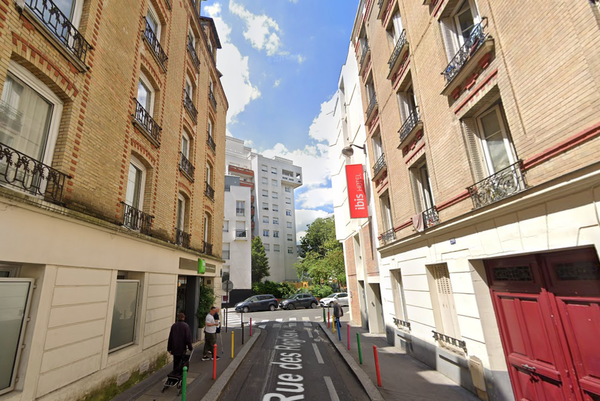
This is an article from Curious Kids, a series for children. The Conversation is asking kids to send in questions they’d like an expert to answer. All questions are welcome – serious, weird or wacky!
Why is the sky blue and where does it start? – Oliver Scott, age 7, Wombarra.
This is something that parents get asked every day. And it’s a great question, Oliver!
Some people think the sky is blue because of sunlight reflected off the ocean and back into the sky. But the sky is blue even in the middle of the countryside, nowhere near the sea!
Others think it’s because of the water in our atmosphere. But the sky is blue in places that are extremely dry, like the desert.

So what’s the real reason?
The sky is blue because of the way sunlight interacts with our atmosphere.
If you’ve ever played with a prism or seen a rainbow, then you know light is made up of different colours. The name “ROY G. BIV” helps us remember these colours: red, orange, yellow, green, blue, indigo, and violet.

These colours make up just a tiny portion of the electromagnetic spectrum, which includes ultraviolet waves, microwaves, and radio waves. This means the invisible waves that cause sunburns, allow us to heat-up our leftovers, and let us listen to the radio are all forms of light.

Light moves as waves of different lengths: some are short, making bluer light, and some are long, making redder light. As sunlight reaches our atmosphere, molecules in the air scatter the bluer light but let the red light pass through. Scientists call this Rayleigh scattering.

When the Sun is high in the sky, it appears its true colour: white. At sunrise and sunset, we see a much redder sun. This is because the sunlight is passing through a thicker layer of our atmosphere. This scatters the blue and green light along the way, allowing the redder light to pass through and illuminate the clouds in a beautiful array of red, orange, and pink.

Rayleigh scattering can affect how we see the Moon. When the Moon passes through the shadow of the Earth during a total lunar eclipse, blue and green light is scattered in the Earth’s atmosphere, letting red light pass through. Our atmosphere acts a like a magnifying glass, refracting (bending) the red sunlight onto the Moon. This can give it an eerie dark red hue.
For this reason, many cultures - including some Australian Aboriginal groups - associate lunar eclipses with blood.

Rayleigh scattering works on other planets, too. Did you know that the sky on Mars is also blue? (When there are no big storms kicking red dust into the air, that is!)

And finally, where does the sky start?
This is a tricky question. A bird flying 50 meters above us looks like it’s in the sky. But so do aeroplanes, and they fly more than 10,000 metres overhead.
“The sky” is just our atmosphere as we see it from underneath. A majority of our atmosphere extends about 16 km upward, and this is where most of the Rayleigh scattering happens.
If you’ve ever seen video of a rocket going into space, you can see the blue sky fade away to a black background as it climbs above the atmosphere.
Hello, curious kids! Have you got a question you’d like an expert to answer? Ask an adult to send your question to us. You can:
* Email your question to curiouskids@theconversation.edu.au
* Tell us on Twitter by tagging @ConversationEDU with the hashtag #curiouskids, or
* Tell us on Facebook

Please tell us your name, age and which city you live in. You can send an audio recording of your question too, if you want. Send as many questions as you like! We won’t be able to answer every question but we will do our best.
Duane W. Hamacher receives funding from the Australian Research Council.
This article was originally published on The Conversation. Read the original article.







